It’s easier to catch a neutrino in a jar than come across a fundamental change in general aviation, but it appears we just caught a drum-full.
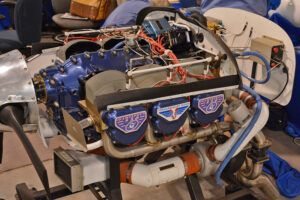
GAMI, the balanced fuel injector people who are also Tornado Alley Turbo and who have been doing the heavy lifting of developing an unleaded, drop-in replacement for 100LL avgas for over a decade, just announced the FAA has approved an STC for burning GAMI’s G100UL fuel in a range of Lycoming-powered Cessnas.
This is the camel’s fuel nozzle snuggling under the hangar door. Once those few Cessnas provide some real-world data the all-but guaranteed expectation is soon any piston engine will be included in the STC. GAMI expects the STC’s Approved Model List to expand rapidly in the next nine to twelve months.
Avfuel of Ann Arbor, Michigan, will distribute the new gasoline “as fast as production can be ramped and delivered to airports.” And to answer the number one question, G100UL is expected to cost 60 to 85 cents a gallon more than 100LL. So, now you can put a price on your environmental consciousness.
Viable unleaded avgas is a game changer if only because it deflects legal entanglements from environmentalists, such as attempts to outright ban leaded fuels. But there are many other advantages to unleaded avgas both on the supply side and for the consumer.
For those in the fuel business an unleaded fuel eliminates costs and difficulties imposed by lead, which is seen as a contaminant to all other fuels. This is especially the case in refinery-to-airport transportation.
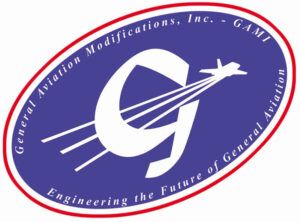 For those of us burning the stuff, getting the lead out means greatly reduced oil and spark plug contamination. That pasty gray goo won’t build up inside higher time engines and there are fundamental implications for increased oil life; GAMI figures oil change intervals could double. Superior, full-synthetic oils could also become a reality in aircraft engines. Spark plugs, valves and guides don’t build up lead deposits, either, so those components should last longer.
For those of us burning the stuff, getting the lead out means greatly reduced oil and spark plug contamination. That pasty gray goo won’t build up inside higher time engines and there are fundamental implications for increased oil life; GAMI figures oil change intervals could double. Superior, full-synthetic oils could also become a reality in aircraft engines. Spark plugs, valves and guides don’t build up lead deposits, either, so those components should last longer.
Downsides are contained to the increased cost, says GAMI. The detonation resistance of G100LL is at least equal to 100LL in GAMI testing. The turbocharged big-bore Continental test engine bumped as high as 380 hp does not detonate on the new fuel and GAMI postulates highly-supercharged WWII-era V-12 and radial engines can return to their original take-off power ratings. There are no new toxicity concerns. Mixing G100UL and 100LL in any ratio poses no issues, and, if anything, there is a negligible 1 percent increase in range with G100UL as the new fuel apparently has a tick more energy density compared to 100LL. Fuel weight does go up from 6 pounds per gallon for 100LL to 6.3 pounds per gallon for G100UL.
How rapidly pilots line up to pay extra for unleaded fuel remains to be seen, but as the benefits and possibilities of the fuel are realized we’ll be able to say the unleaded avgas era was announced at AirVenture 2021.


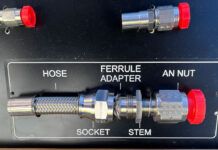







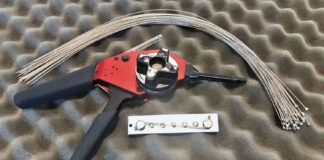
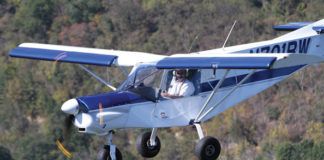

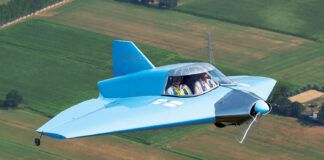
I’ll buy the fuel!
Should also be a big plus to Rotax and auto-conversion aircraft.
If they took the metal out; and not just traded manganese or lead or some such lame move. Leaving metals in the fuel will not be any better for your Rotax than lead was.
I’ll buy it but it really doesn’t matter unless the FBOs buy it to sell to us.
Yes…and most airports have 1 JetA tank and 1 100LL tank….good luck getting them to install a 3rd tank for G100UL.
Also, most fuel contracts are for exclusive sale of the branded fuel, so no G100UL.
In Nor Cal, our 100LL just hit $4.99. I wouldn’t pay $5.80 for a UL fuel.
You WOULD if that was your only choice! OR you’d give up flying!
So if the distribution channel is less restricted should that not be reflected in the cost ?
Lots to learn about in the evolution of this new technology
Will it be available in Europe?
Unleaded fuel has been available here in Europe for 30+ years.
https://www.hjelmco.com/upl/files/3217.pdf
Actually it should become cheaper than 100LL because it can (because it contains no lead) be shipped via pipe lines that are already in place for unleaded auto fuel…
Just another reason to inflate the cost of fuel/flying. Sooner or later the costs will hit critical mass and a lot of people will be getting out of recreational flying.
Europe only has low octane unleaded. Ok for Rotax, but not most GA aircraft.
The reality is when it comes to paying for it, most will go for the cheapest.
What is it and what are the properties? How about a vapor pressure comparison? To what extent do I need carb heat during glide? I see lots of text describing what it does, not so much on what its made of. A follow-up article seems to be in order. Thanks.
I fly behind a 230hp Franklin engine that has 10.5 to 1 compression. I don’t see any where they are looking at the high compression engines. This engine runs best on 130 grade fuel.
A couple of follow-up observations.
What G100UL is made of, and it’s other properties… good luck getting the recipe on this one. GAMI holds the patents and it’s going to remain a proprietary concoction for as long as possible.
We do not know if G100UL will be available in Europe. We would image it’s up to market conditions, which we’re not able to comment on without further research.
GAMI assures us G100UL will have no trouble handling detonation in any engine 100LL works in. Their worst-case test engine used turbocharging to create very high cylinder pressures and thus test the new fuel’s detonation resistance well above normal practice.
As for cost, yes, transportation costs should be reduced compared to 100LL. But it makes sense that whatever G100UL is made out of it’s more expensive than 100LL because lead is a very effective, inexpensive detonation suppressant. So the higher cost of production is only partially offset by the reduced transportation costs.